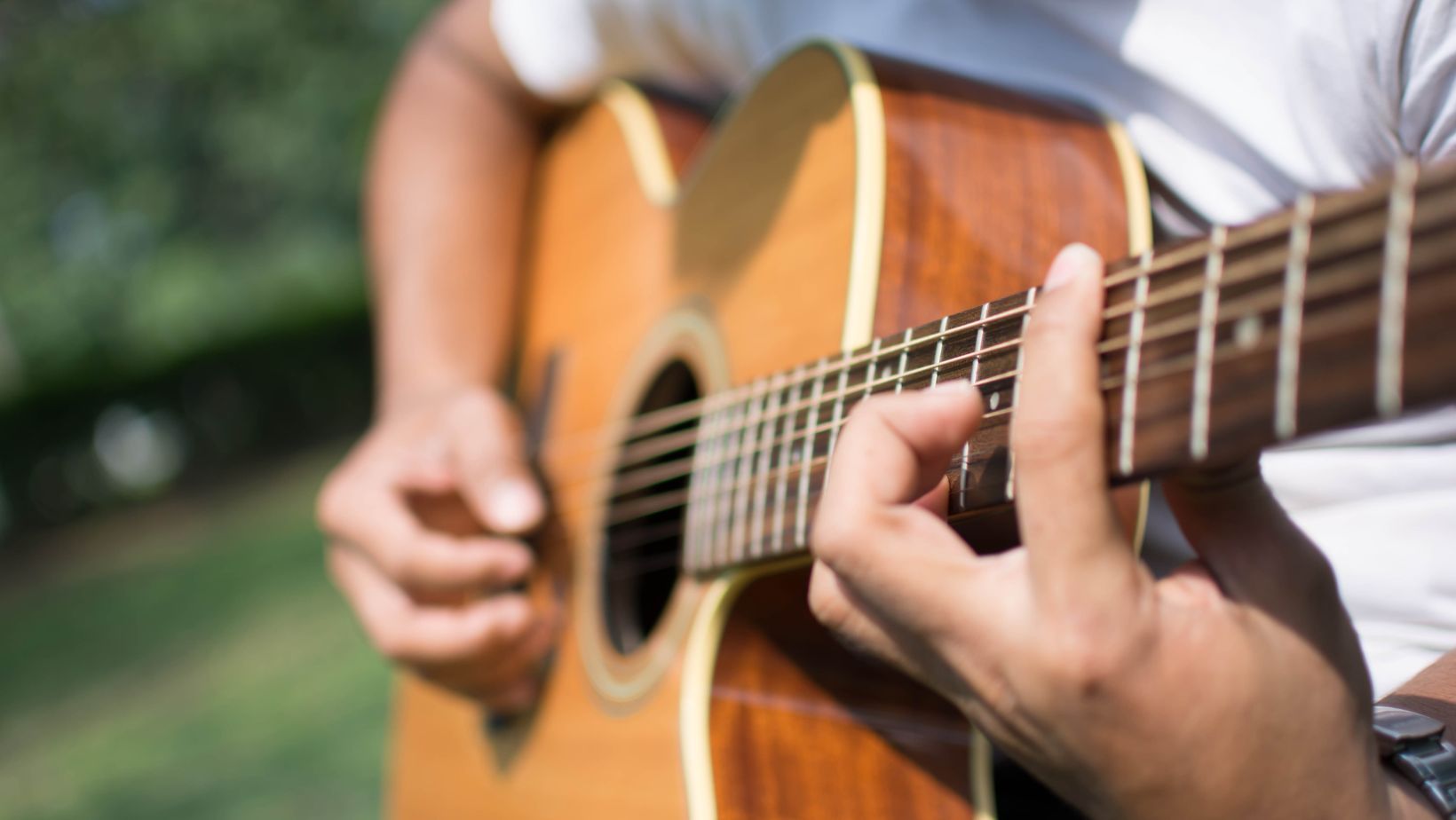O Come to The Altar Chords
Are you a worship leader or musician looking to learn the chords for “O Come to the Altar”? Well, you’ve come to the right place! In this article, I’ll break down the chords for this powerful worship song and show you how to play it on the guitar. Whether you’re a beginner or an experienced player, these chords will help you lead your congregation into a place of worship and surrender. So grab your guitar and let’s dive in!
If you’ve ever been moved by the heartfelt lyrics and powerful melody of “O Come to the Altar,” you’ll know just how important it is to have the right chords to accompany this song. In this article, I’ll walk you through the chords and strumming patterns that will bring this song to life. Whether you’re leading worship for a small group or a large congregation, these chords will help you create an atmosphere of worship that draws people closer to God. So let’s get started and discover the chords that will take your worship experience to the next level.
When it comes to leading worship, one of the most important aspects is knowing the right chords. That’s why I want to break down the chords for the popular song “O Come to the Altar” and show you how to play them on the guitar. Whether you’re a beginner or an experienced player, these chords will help you create a worshipful atmosphere.
Here are the chords for “O Come to the Altar”:
- Verse: G, C, G, D
- Chorus: Em, C, G, D
- Bridge: Em7, C2, G, D
Let’s take a closer look at each section and how to play the chords.
For the verse, start with a G chord and play it four times. Then, switch to a C chord, play it once, and go back to the G chord for another four times. Finally, play a D chord once before transitioning to the chorus.
In the chorus, begin with an Em chord and play it once. Then, switch to a C chord and play it once as well. Next, move to a G chord and strum it once, followed by a D chord played once. This pattern repeats throughout the chorus.
Now let’s focus on the bridge. Start with an Em7 chord and strum it once. Then, move to a C2 chord and play it once. Follow that up with a G chord, played once, and finally, end with a D chord.
Remember, practice makes perfect. Take your time to learn each chord and practice transitioning smoothly between them. You can start by playing along with the original song or using a YouTube tutorial for guidance.
By mastering these “O Come to the Altar” chords, you’ll be ready to lead worship confidently and create a powerful atmosphere for your congregation. So, grab your guitar and dive into these chords, knowing that you’re equipping yourself to lead with excellence.
And now, let’s move on to the next section: “Tips for Worship Leading.”
Understanding Basic Chord Structures
Major Chords
Major chords form the foundation of most songs and are essential to understanding chord progressions. They have a bright and uplifting sound, making them perfect for creating a joyful and celebratory atmosphere in worship songs. Major chords are indicated by the letter name of the chord (e.g., C, G, D) without any additional symbols.
To play a major chord, you’ll typically use three fingers on the guitar fretboard. The first finger will press down on the third string, second fret. The middle finger will be placed on the second string, third fret, and the third finger will rest on the first string, third fret. Strum the guitar strings from the fifth string downwards, avoiding the sixth string.
Minor Chords
Minor chords, on the other hand, have a more somber and introspective feel. They are commonly used in worship songs to express a sense of longing, repentance, or vulnerability. To signify a minor chord, the lowercase letter “m” is placed after the chord’s letter name (e.g., Am, Em, Dm).
Playing a minor chord involves a similar finger placement to major chords. However, the third finger is moved one string down. For example, when playing an A minor chord, the first finger presses down on the second string, first fret, the middle finger is placed on the fourth string, second fret, and the third finger rests on the third string, second fret. Strum from the fifth string downwards, avoiding the sixth string.
Dominant Chords
Dominant chords create tension and are commonly used to lead into resolving chords. They add a layer of complexity and richness to a worship song, enhancing the overall musical experience. Dominant chords are indicated by the chord’s letter name, followed by the number 7 (e.g., G7, C7, D7).
To play a dominant chord on the guitar, follow similar finger placements as major and minor chords. However, the fourth finger is added to the mix. For instance, when playing a G7 chord, the first finger presses down on the first string, first fret, the second finger is placed on the fifth string, second fret, the third finger rests on the third string, third fret, and the fourth finger is positioned on the second string, third fret. Strum all the strings to produce a full, rich sound.
Remember, mastering these basic chord structures is the foundation for playing “O Come to the Altar” and many other worship songs. Practice regularly and familiarize yourself with these chord shapes.



